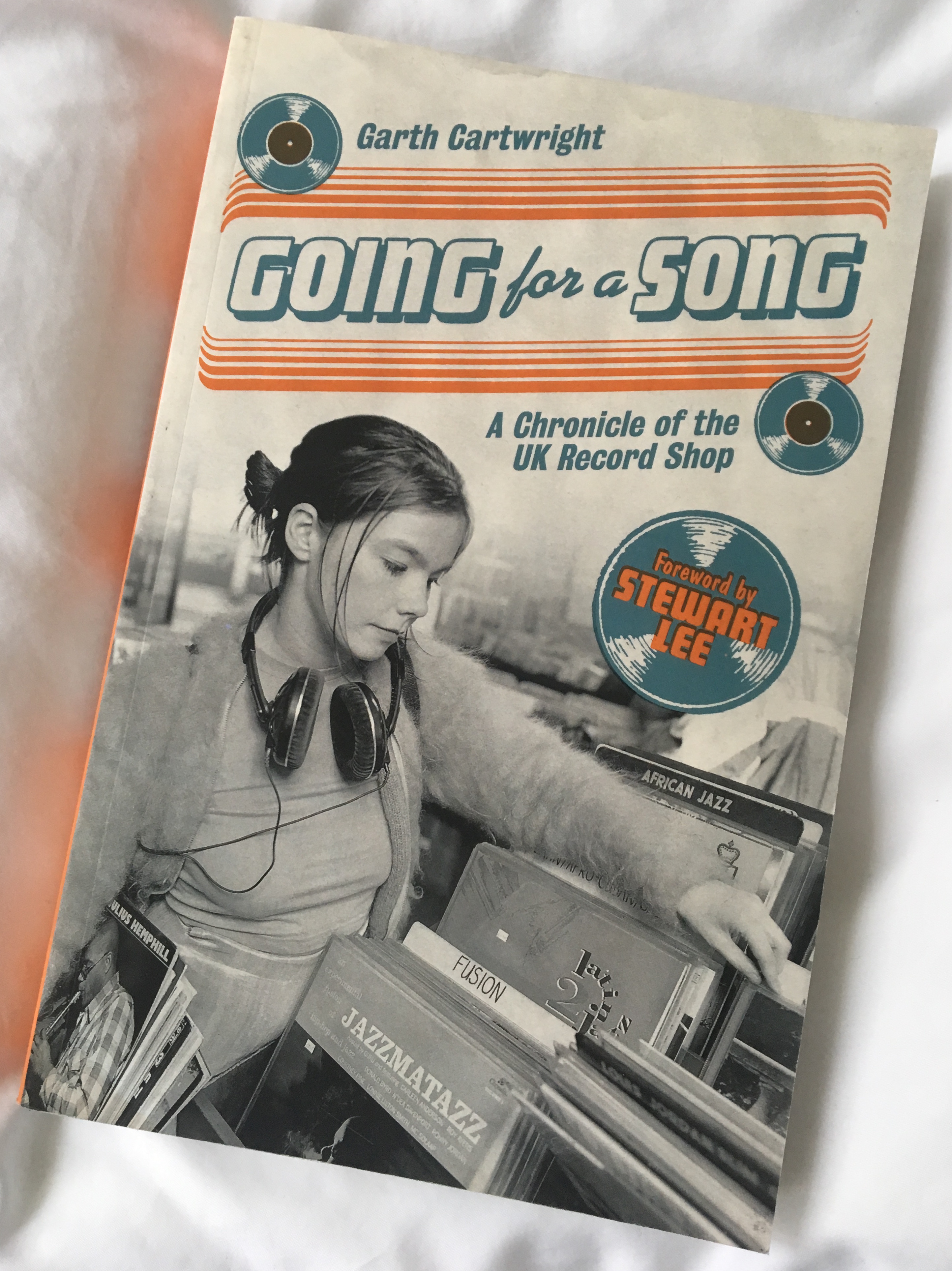‘Summer of Soul’
So much has been written about the documentary based on unseen footage from the 1969 Harlem Cultural Festival that you won’t really be needing another recommendation from me. But among all the performances assembled by the director, Ahmir “Questlove” Thompson, from the series of concerts in Harlem’s Mount Morris Park — now known as Marcus Garvey Park — during that summer 52 years ago, there are some things in particular that I wouldn’t want you to miss.
The gospel sequence, which begins with the profoundly thrilling sound of Dorothy Morrison’s deep contralto leading the massed Edwin Hawkins Singers on “Oh Happy Day”, stands as the foundation of the whole thing. Its climax comes when Mahalia Jackson, feeling unwell, invites Mavis Staples to start off “Take My Hand, Precious Lord”, which the younger woman does beautifully. But then Mahalia, evidently revived by what she has heard, comes forward to join Mavis — and you can sense the bedrock of Manhattan Island shaking to the majestic roar of their voices.
It’s like one generation handing the torch to another, and there’s quite a lot of that feeling throughout the film: the elaborate stage costumes of the Fifth Dimension and the straw-thin David Ruffin giving way to the hippie threads of Sly and the Family Stone being one example, the contrast between restrained mohair-suited blues of B. B. King and Nina Simone’s closing recital of a challenging poem by the Last Poets’ David Nelson being another. As someone says, this “was when the negro died and Black was born.” (Ruffin, by the way, had just left the Temptations and sings “My Girl” magnificently, wringing the neck of his extraordinary falsetto.)
The director uses standard documentary techniques — a strong gallery of talking heads and the deployment of newsreel footage — but there were times, particularly in the opening sequences, when I thought he’d been influenced by the video montages of Arthur Jafa, whose shows in London and Berlin I’ve written about. That’s a good way to go, although Thompson doesn’t overdo it. The stories parallel to the music are well chosen. The activist Denise Oliver-Velez talks about the Young Lords and the Black Panthers, and Charlayne Hunter-Gault gives a shattering description of her experience in 1961 as the first black female student to be enrolled at the University of Georgia; she went on to become the first black female journalist in the New York Times newsroom.
Of course the deepest impression is left by the knowledge that here are black artists performing to black audiences numbered in the tens of thousands, on their home turf — something on a different scale from the Apollo Theatre a few blocks away. (Harlem was thought to be dangerous territory for white people then, and there are very, very few non-black faces to be seen in these vast crowds.) Sly Stone was also a star at Woodstock that summer, but you can’t watch his “Everyday People” in Harlem without thinking that this spine-tingling performance has gained an extra dimension from the context. And you can see very clearly why Miles Davis (who is not in the film) wanted this audience rather than those who came to see him in European-style concert halls, expecting to hear “My Funny Valentine”.
I remembered, too, the times I’d seen Nina Simone at Ronnie Scott’s or the South Bank, and been irritated and even infuriated by the distance she’d chosen to open between herself and her all-white audiences, expressed in bouts of brusqueness and truculence generally ascribed to a diva’s temperament. To see her in a Harlem park, gently crooning the brand-new “To Be Young, Gifted and Black” to her people, so centred, so serenely beautiful in her Afrofuturist hair and robes and jewellery, made me feel ashamed of those responses from 30-odd years ago. Sure, I loved the music in Summer of Soul, but I also came out of the cinema into a warm London night with a lot to think about.
* Summer of Soul is in cinemas and on the Hulu streaming platform now. Here’s the trailer.


